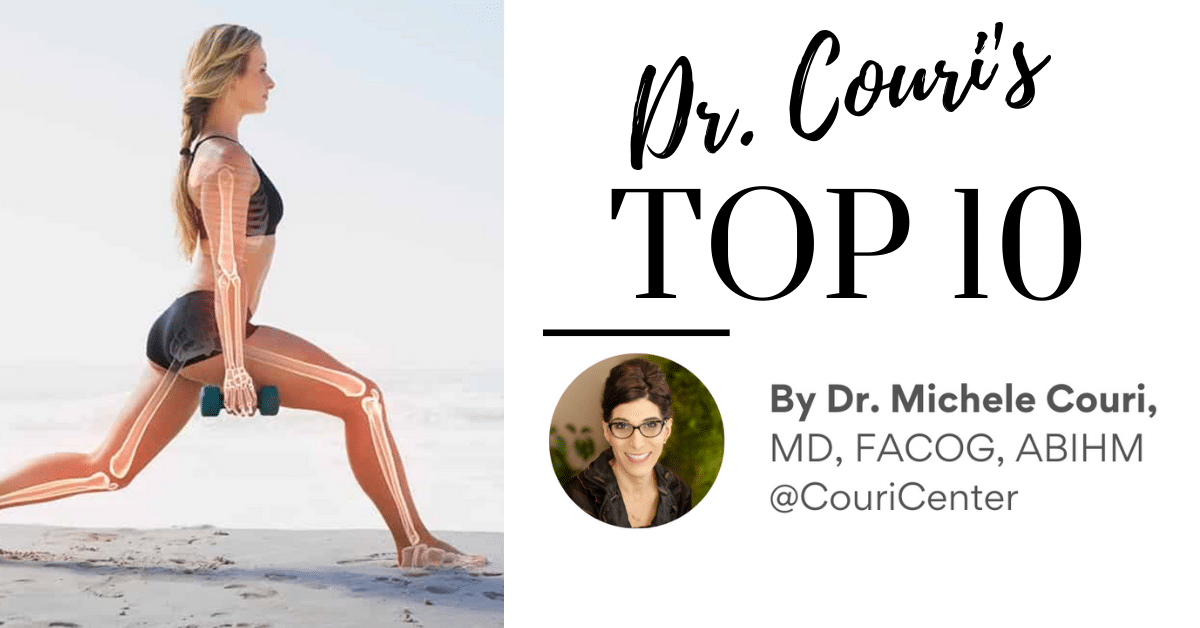January 31, 2022

- Peak bone mass in women occurs in the ’20s and hits a plateau in the mid-40’s.
- Osteoporosis is a bone disease that occurs when the body loses too much bone, makes too little bone, or both, and it can affect both women and men.
- Osteoporosis is estimated to affect 200 million women worldwide.
- Osteoporosis causes 1 in 3 women and 1 in 5 men to suffer a fracture after age 50.
- Premenopausal women have a low risk of fracture, but fracture risk roughly doubles for every decade of life after age 50.
- A bone density test, called a DEXA scan, effectively estimates the bone density and can help predict the chance of a future fracture.
- DEXA scans are recommended for the following populations: women age 65 and older and men 70 or older, people who break a bone after age 50, menopausal or postmenopausal women YOUNGER THAN 65 with risk factors, men age 50-69 with risk factors.
- Some risk factors for osteoporosis include increasing age, early menopause, testosterone deficiency in men, family history of osteoporosis, smoking, frequent alcohol use, use of steroids (prednisone) for 3 months or greater in the past year, low body mass, Caucasian ethnicity, and immobility.
- There are several effective treatment options for osteoporosis, including hormone replacement therapy.
- Bioidentical hormone pellet therapy can improve bone density by 2.8%-8.3% per year.
We’re here to help at every stage of life. To schedule, call 309 692-6838 or request an appointment online.
To your health,
Dr. Couri
Sources:
Med Clin N Am 105 (2021) 1117–1134
Singapore Med J 2021; 62(4): 159-166
Journal of Women’s Health Volume 30, Number 10, 2021
Studd J, et al. Am J Obstet Gynecol. 1990. PMID: 2240090
